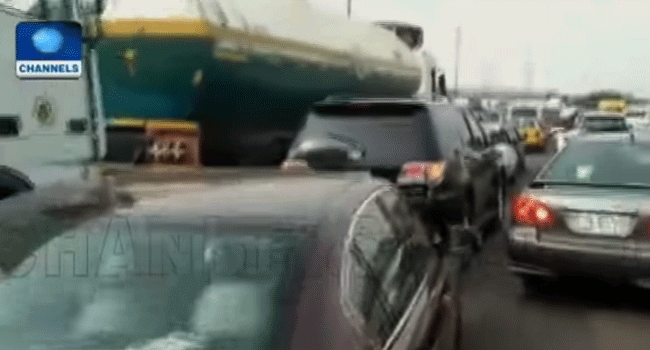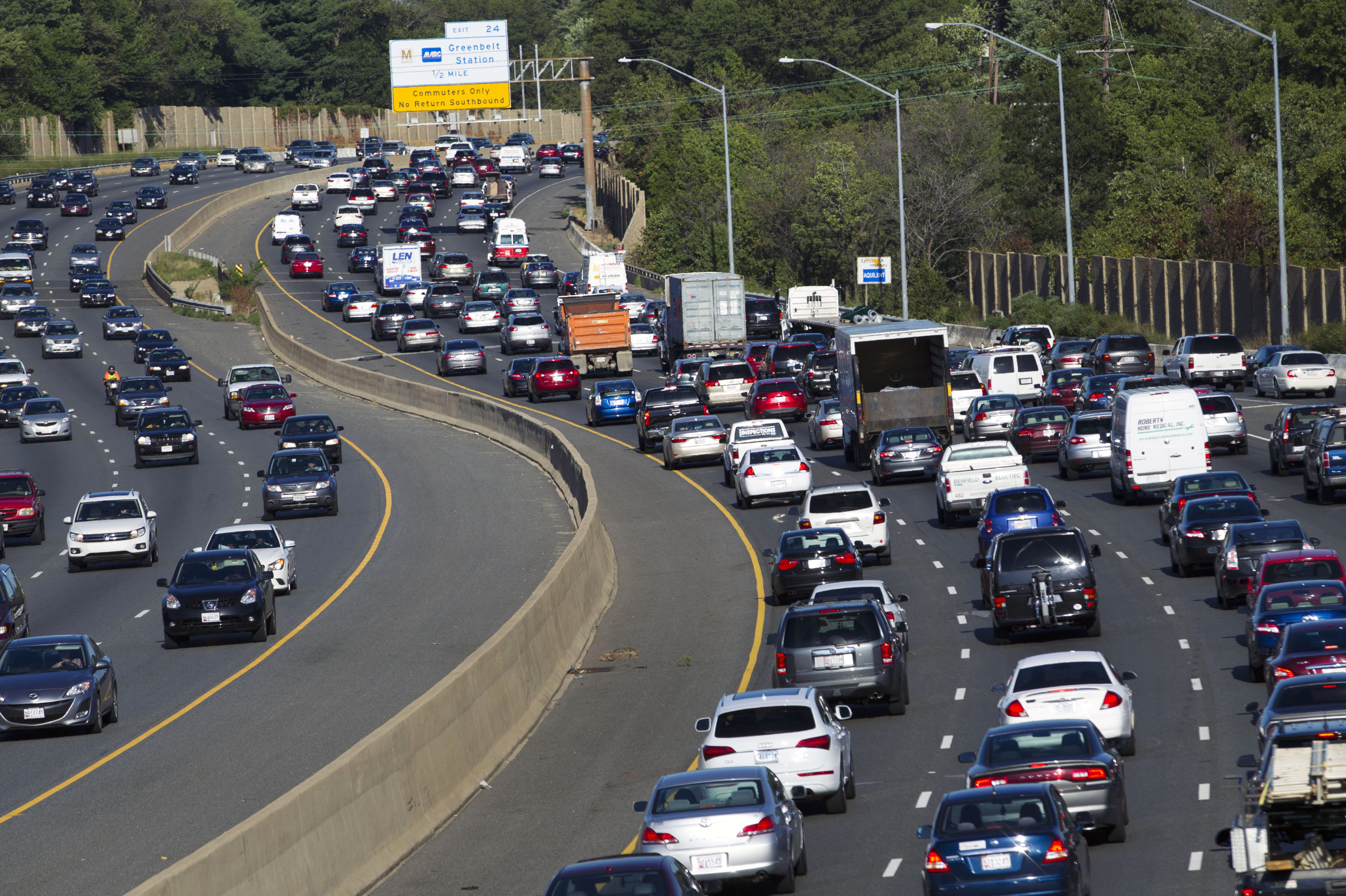


However, there are some things that you can do to help reduce the chances of causing one. As such, eliminating phantom traffic jams completely is a nearly impossible undertaking. We’re not computers, and therefore don’t always make the most efficient decisions.
Reducing traffic gridlock how to#
Bottlenecks are one of the most common types of traffic jams, and can been demonstrated here: How to Reduce Phantom Traffic Jams Because of that slowdown, traffic downstream, which may have been traveling smoothly, is forced to decelerate and eventually come to a stop. As a result, vehicles are forced to slow down as traffic adjusts to the new pattern. A bottleneck occurs when a roadway suddenly narrows, such as a 3-lane highway becoming a 2-lane highway. The final type of phantom traffic jam is known as a bottleneck. An example of this type of traffic jam can be seen here: Cause #3: The Bottleneck As this is happening, vehicles from the second lane are going to try to move into a perceived “faster” lane if possible, thus perpetuating the cycle throughout each lane. This causes a second lane of traffic to slow. As they change lanes, the vehicle that is letting them cut in front generally has to slow down to let them into their lane. It generally works like this: As a vehicle is preparing to change lanes, they decelerate, thus causing a backup in their current lane.

This type of traffic jam occurs when a seemingly small disturbance in the normal flow of traffic, such as a vehicle changing lanes, results in a sequence of events that causes everyone to slow down. You can see exactly how this type of traffic jam forms in the following animation: Cause #2: The Butterfly EffectĪnother type of phantom traffic jam is referred to as the butterfly effect.
Reducing traffic gridlock drivers#
Tailgating is a major contributing factor to these types of traffic jams, as drivers without enough room to simply slow down when the vehicle in front of them decelerates are forced to come to a stop, thus setting off a chain reaction. As vehicles accelerate and decelerate erratically, a wave is created, causing traffic further down the road to eventually come to a stop. This type of traffic jam is caused by the varying acceleration and deceleration of vehicles in each lane of the roadway. The first is known as the wide moving jam. There are generally three main types of phantom traffic jams that occur. In this article, we’ll take a look into some of the reasons for these headaches, and take a look at a few things drivers can do to help avoid causing traffic backups. These phantom traffic jams can often leave drivers befuddled and irritated. However, most of us have also experienced traffic jams that seemingly have no rhyme or reason behind them. When people think of what traffic jams, or what causes traffic jams, some of the most common explanations are things such as accidents, construction, and weather.


 0 kommentar(er)
0 kommentar(er)
